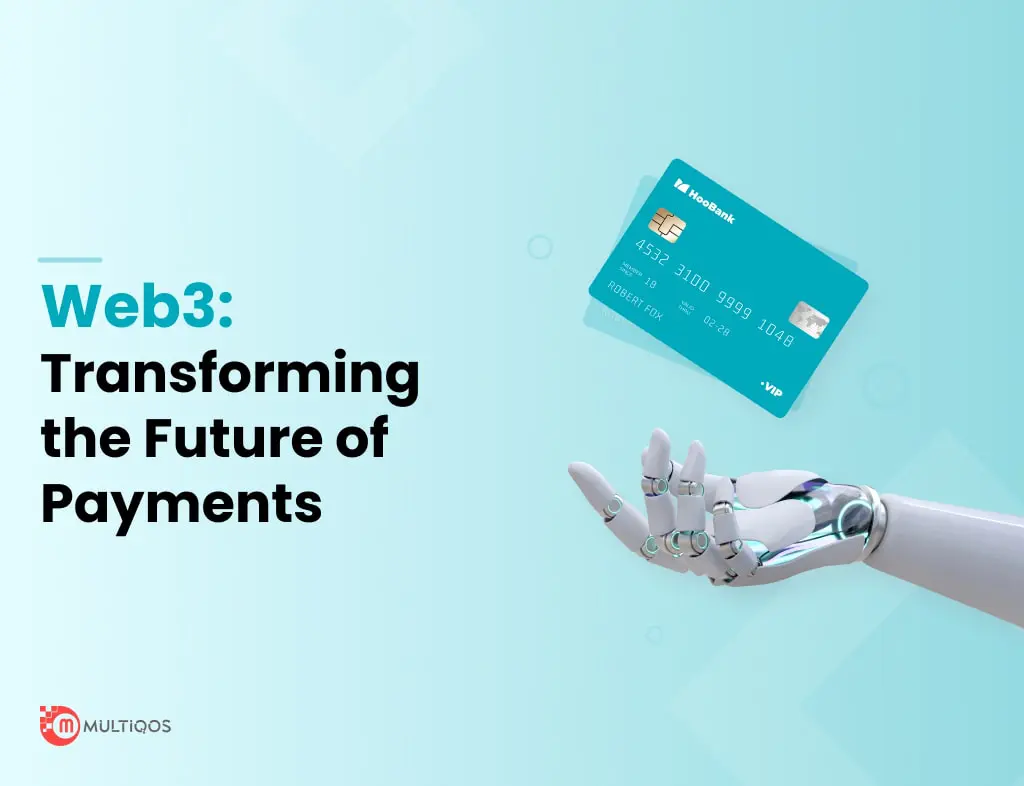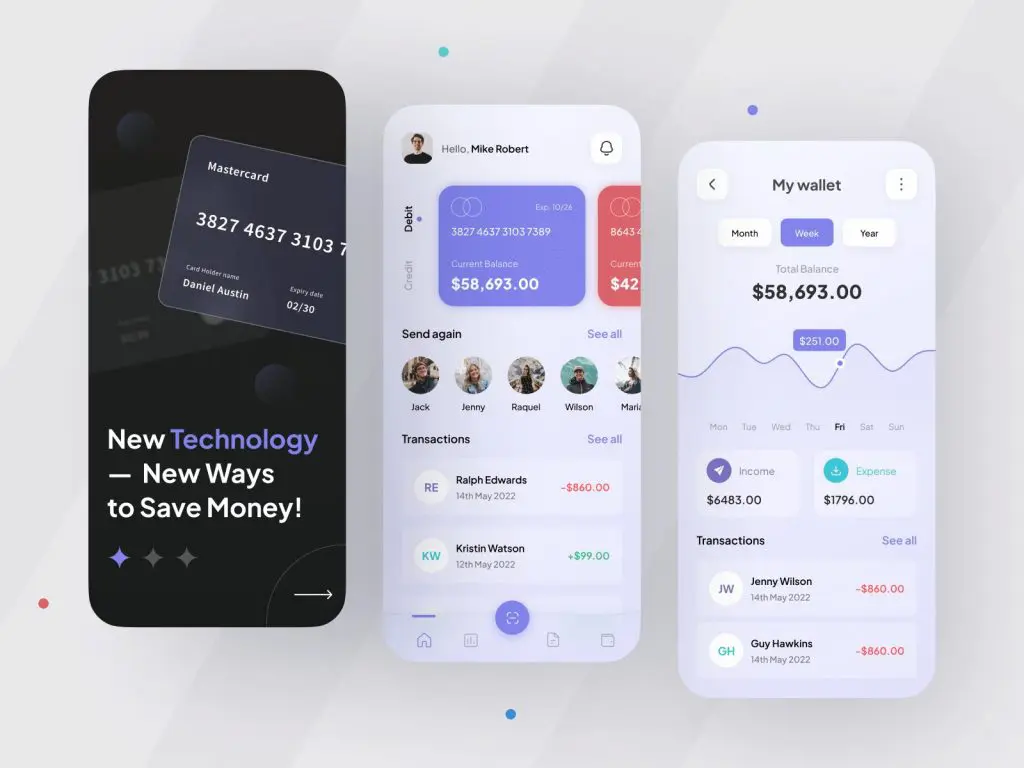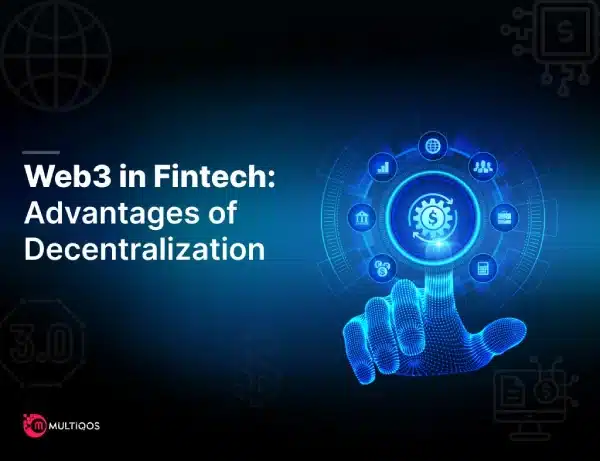
Overview
Web3 – the future of payments is a set of theories to reform our internet to make it more accessible and democratic. Additionally, it uses blockchain as a reliable mechanism to fuel the web to counter the influence of many influential tech corporations. The following generation of the internet is referred to as Web 3. Blockchain technology, which would revolutionize the way transactions and the transfer of value is carried out, will drive it.
By using quick, effective, and information payments, Blockchain is all set to abolish the requirement for an intermediary. The leading firms inside the transactions business are now struggling for a place in the metaverse. It’s because of the arousal of the sector to Web 3. Rather than private organizations, decentralized networks will validate all procedures and preserve all data measurements. Money and data would also be delivered directly without passing via an intermediary.
Web3: the Future of the Payment System
Since the internet has launched, we have seen various changes, and every change has brought something valuable and beneficial to the world. Now, it is the era of Web3, and it is transforming the whole internet in a new way. How can it change the world? In this section, we will discuss that.
The future of Web3 payment is a technological revolution introducing several new ways. This is with which people can solve their problems more quickly than ever before. Sectors like data storage, gaming, and finance, the blockchain solutions at their disposal. Even though Web3 remains exceptionally young, it has already entered various industries and offers both corporations and existing consumers cutting-edge solutions.
With Web3, the web moves away from centralized, closed communications components and toward distributed ledger technology. As a result, this advancement of technology makes it possible for Web3 creators to develop decentralized, incredibly flexible digital platforms.
Customers may carry out several daily tasks in a creative, user-centric way using Web3 decentralized platforms. The web is evolving into a multipurpose social communication portal because of Web3 technology.
Also Read: What is MetaFi: A New Trend That Will Take Off in 2024?
Why is Web3 the Future of Payments?
The payments in web3 allow money to be exchanged without intermediaries with the excuse of democratization and privacy. With the help of web3, money can easily be sent anonymously, quickly, and efficiently. Using P2P technology means no intermediary is required to complete payment, reducing the considerable costs and charges taken by them.
Web3 will reduce the red tape involved in financial matters. People will only need to enroll in the banking system. Or they will get authorization for companies to see their personal and sensitive details to transfer money. Online shoppers may be confident knowing their private information is safeguarded. It’s because their accounting records cannot be viewed since Web3 data is secured.
The availability of more currency for trading and holding through Web3 transactions may increase people’s access to a broader range of financial options than just fiat money. Accessibility to the monetary system and the capacity to pay using cryptocurrencies or other currencies will be easier. These will be much more accessible to all people.
Web3 payments are thus a type of decentralized finance (DeFi). It attempts to subvert the power of prominent economic organizations like banks, who frequently demand charges and the submission of information in return for their services. They handle the money movement using encrypted ledgers.
Examples of Web 3 Payment System
1. Ethereum
Ethereum is a decentralized and open-source blockchain. With the help of this platform, users also engage in frictionless crypto trading, lending, and borrowing. It’s done without any middleman authorization. The Ethereum platform is restricted to any ether token by using the platform for several other Web3 applications.
All payments and exchanges are P2P, non-hierarchical and permissionless. The platform also allows the purchase and trade of NFTs. Ethereum is one the best examples of Web3 payment innovation.
2. Paypal
These businesses already possess the facilities and resources to adjust and develop. Hence, in some respects, they also need to take the lead in driving Web3 development. For several years, PayPal has already been testing with Web3 procedures. The company is now considering incorporating blockchain-based into its marketing strategy.
Now, it’s developing its cryptocurrency token. Users will have the ability to move cryptocurrencies from existing PayPal accounts to specific other wallets and markets. It was stated by PayPal, i.e., in June 2022.
With further enhancements planned, this currently makes it possible for customers to transmit cryptocurrency to one another via PayPal’s facilities. Like how it first revolutionized Web2 payments, it is hoped that PayPal will continue to increase the opportunity enabling seamless trades all along the network.
3. OpenSea
The biggest web3 platform, OpenSea, allows customers to purchase and trade NFTs and other crypto assets. Customers can immediately buy or sell here on the OpenSea marketplace by connecting their money to the site.
Instead of using a centralized system, transactions occur through immediate peer-2-peer transactions between the seller and buyer.
Source: Digital Wallet – Mobile App UI
How to Make Payments on Web3?
Web3 wallets let you engage with decentralized applications on several blockchains and hold digital assets. Now, this includes fungible and non-fungible (NFTs) currencies.
The Web3 wallets support the following different blockchains:
- Browser wallets
- Mobile Wallets
- Browser Extension
Also, individuals can create accounts in web3 wallets to keep valuable virtual currencies. A profile for a web3 wallet has a set of public and private keys. Anybody can transact coins and numerous other assets to such an account using its key, which serves as the user’s address. It poses no security risk when exchanged with one another.
Moreover, the Private key is a password-like requirement for each activity inside the linked wallet. To prevent potential security breaches, your code has to be kept secret from outsiders. Over and above, the web3 wallet may import accounts that have already been created using the same private key. The user can create and control several versions.
MultiQoS Expertise in Fintech Solutions
MultiQoS is a talented group of incredibly skilled people when it comes to financial software development companies. They have worked together to produce world-class technology for their clients. Their mission is to assist their clients with creating a future by automating the business, engaging with consumers, and transforming the world.
They are one of the best mobile application developments in India and will help you to realize the concept quickly. They also oversee the transformation in the digital era, which boosts the company’s productivity and increases access to technology. Additionally, they provide Fintech development solutions to every sector and help them sustain themselves in this fast-paced world. By generating new revenue, reinforcing, and bringing openness to every aspect of their operations.
Utilizing the most up-to-date and popular methods and technologies, they convert your thoughts into comprehensive technical advances. Moreover, they work with customers to implement the best equipment possible into your development of web and mobile app initiatives. By utilizing software development companies to your advantage, profit fully from these technologies for your invention.
Conclusion
A wide range of functionalities is introduced by blockchain technology. Individuals may govern their finances, for instance, by using virtual currencies and cryptocurrency wallets. Consumers can categorize assets with the use of NFTs and establish possession. Metaverse settings introduce a new selection of experiences.
The list is long, but Web3 is still in its preliminary stages of development. The increasing amount of Web3 developers, businesses, and consumers evidences the steadily expanding Web3 sector.
Thinking about eWallet App Development?
Use our experience to give your users with a pleasant transaction experience via an easy digital wallet app.
FAQs on Web3 Payment Solutions
You may not need to send cash through a financial intermediary on web3. These well-known coins, as well as other currencies that you’ve known of, power this modern economy of worth and nourish the famous token system
Web 3.0 could fundamentally alter how people interact with enterprises. It’s because it creates an identification barrier that previously did not exist.
In simple terms, the development of this identification layer, which is now lacking, is predicated on decentralization, the theoretical underpinning of web 3.0 facilitated by distributed ledger technology, and self-sovereign identification methodology.
Get In Touch



